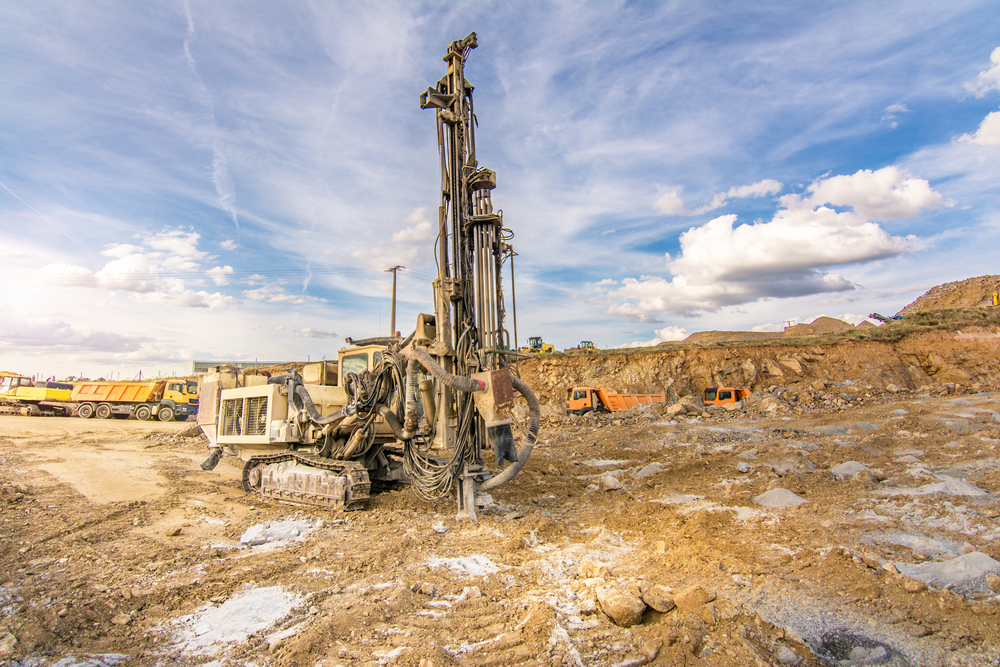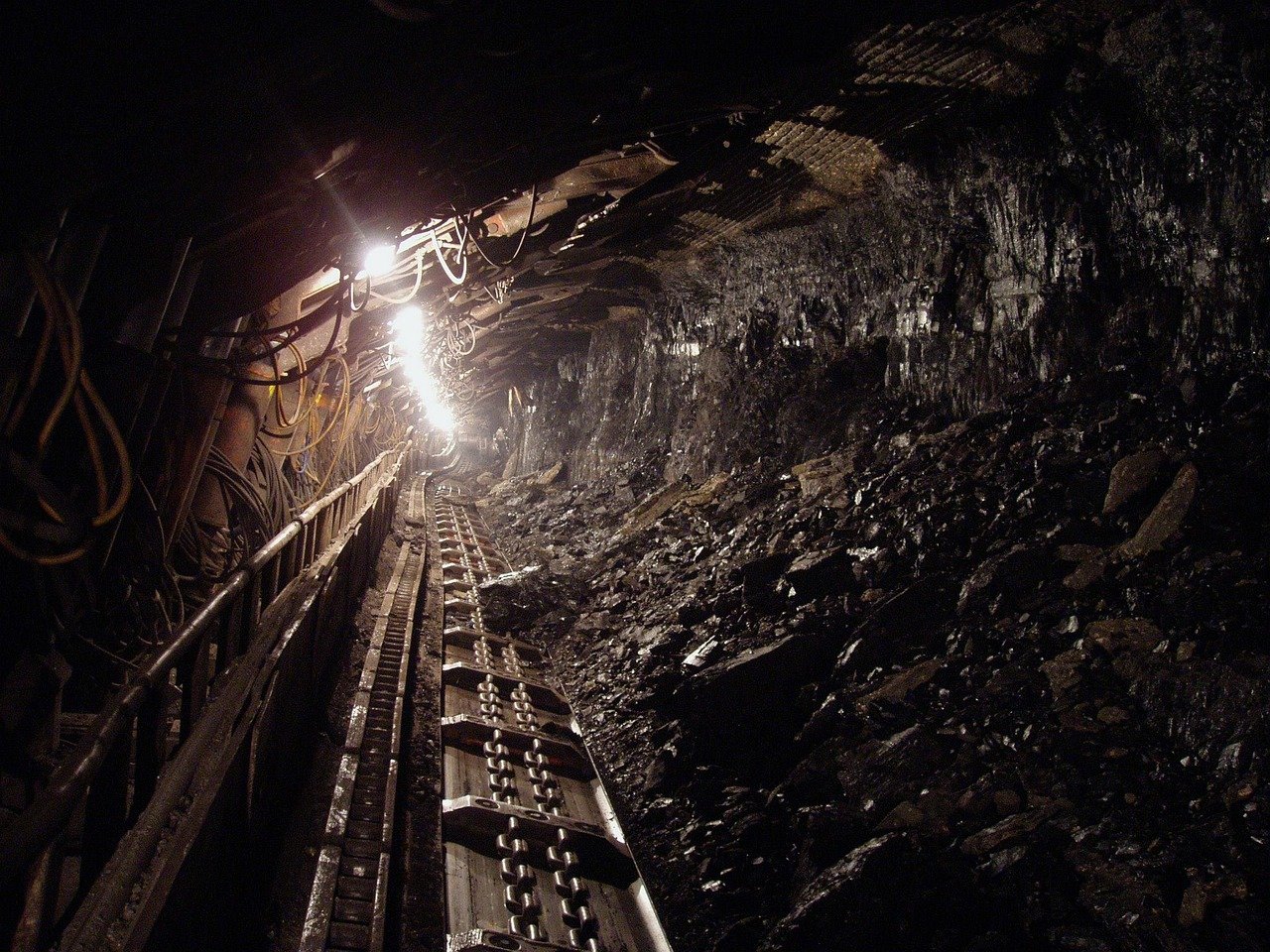
Dangerous noise levels are part and parcel of the mining industry. With swathes of monolithic machines, equipment, and explosives dominating the landscape, mines the world over are hotspots for environmental noise. Protective measures against the noise – both personal and structural – are critical to establishing mines as a safe working environment. Some mining equipment is worse than others; so what should miners keep an ear out for when on the ground?
Occupational hearing loss remains a serious problem for workers, despite a well-established institutional understanding of its impact on health. Heavy-duty mining equipment is the biggest threat to miners’ hearing, but not all mines are equal in danger levels.
Underground Mines
The biggest offenders in underground mines are typically drills, especially the percussive pneumatic variety which can produce noise levels of up to 115 dB. This drill type is often necessary for breaking hard rock material, while the quieter rotary drill – which delivers up to 97 dB – is only useful for softer rock types. LHDs (load haul dumpers), used in non-coal mines, come in at just over 100 dB, however their operation time per shift is high enough to be very problematic for workers, with 6 hours being the average total use time per shift.

Surface Mines
In pits and quarries or coal strip mines, the type of equipment used – and therefore noise exposure levels – is similar to that of the construction industry. Operation of 8 hours or more exposed to up to 106 dB of machine noise presents a serious occupational health hazard, with workers manning front-end loaders, scrapers, graders, dozers, and trucks day in, day out. Pneumatic drills, as in underground mines, are also common in surface mine operations. However, despite the noise level produced by the equipment being equal above the surface to below, the actual noise level received by the worker is lower on the surface, due to variables like enclosed cabs and lack of reflections of the sound off surfaces.
Mining Noise Barriers
No matter the type of mine, noise in mining is a considerable occupational hazard. The Echo Barrier noise control system represents the leading edge of acoustic treatment for the mining industry, reducing up to 30 dB in the field. Its modular design means panels can be arranged to form a noise control solution in almost any worksite arrangement, while the barriers’ durability and weather resistance ensure its suitability for the mines and other harsh environments.

